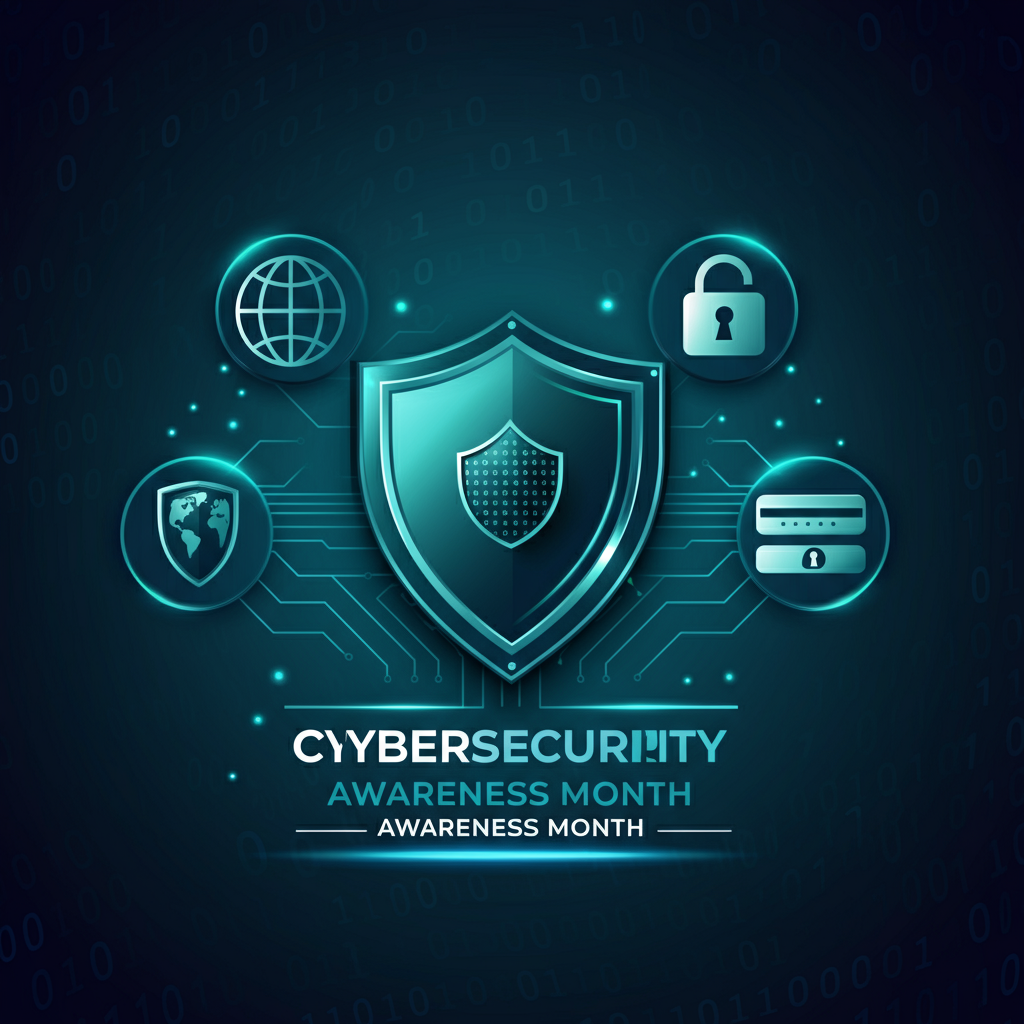I received a frantic call at 7 a.m. on a Tuesday. It was a client, the owner of a law firm, who had started the firm several years ago and was finally beginning to gain traction. I knew something was wrong because they prefer email and rarely call.
“We can’t open anything,” they said, with no introduction and a hint of tension in their voice. “Every single file has a weird extension, and there’s a note on every desktop.”
I recognized the symptoms. It was ransomware, a malicious program that had encrypted every file. This means that all client contracts, every invoice, and years of work were locked behind a digital wall, demanding a hefty payment to unlock.
But We Had a Plan for Online Disaster!
My panic was short-lived. I knew that as part of our technology advocacy service, we had set up this client on Dropbox, a cloud-based file storage, sharing, and synchronization service. It also functions as a live backup, including a rollback (also known as “Rewind”), which allows you to restore your entire Dropbox account or a specific folder to an earlier point in time. It’s like a “time machine” for your files.
Instead of facing financial ruin or the impossible choice of paying a criminal, we were able to wipe the infected systems and restore every single file to the day before the incident (which was only one day since we caught it early). The business was back up and running by the end of the day.
This client was fortunate. Many others are not. Their story is a powerful reminder that cybersecurity isn’t just a concern for large corporations; it’s a vital necessity for everyone. A single breach can have catastrophic consequences that can be avoided with basic preventive measures. Protecting your digital life doesn’t have to be complicated or expensive. It’s about building smart habits and using the right tools to create layers of defense.
Cyber Security Awareness Month
Each year, October is Cybersecurity Awareness Month, a time to focus on protecting their digital operations. The 2025 theme, “Stay Safe Online,” emphasizes how simple, everyday actions can establish a robust defense for your company, team, and data. For businesses of all sizes, this is the perfect opportunity to implement straightforward cybersecurity measures that deliver a significant impact.
Strong security doesn’t need to be complex; it just requires consistent, smart effort.
Cyber threats are becoming more sophisticated, but many breaches remain preventable. You don’t need a massive IT budget or a dedicated security team to make a real difference. A few practical, low-cost actions can dramatically reduce your risk of being hacked, scammed, or locked out of your critical information.
Why Cybersecurity Matters More Than Ever
Many business owners believe they are too insignificant to be a target for cybercriminals. Nothing could be further from the truth. Attackers often see small and medium businesses as easier targets because they typically have fewer security resources than large corporations. A single breach can lead to devastating consequences, including financial loss, reputational damage, and operational downtime.
The good news is that building a strong defense is more accessible than you might think. It begins with establishing a solid technology foundation and fostering a culture of security awareness within your team. By taking proactive steps, you can transform potential vulnerabilities into strengths and ensure your business remains resilient against emerging threats.
10 Simple Cybersecurity Wins for Your Business
Here are ten practical and effective steps you can take to improve your company’s security posture immediately.
1. Use Strong, Unique Passwords
Weak or reused passwords are one of the most common entry points for attackers. And if you use the same password for multiple accounts and one gets compromised, all of them become vulnerable.
Your Quick Win: Implement a password manager. These tools generate and securely store long, complex, and unique passwords for all your accounts, so your team only needs to remember one master password.
2. Turn On Multi-Factor Authentication (MFA)
MFA adds a critical second layer of security to your logins. Even if a criminal manages to steal your password, they won’t be able to access your account without a second verification step, usually a code sent to your phone or generated by an app.
Your Quick Win: Enable MFA on all essential accounts, including your email, Microsoft 365 or Google Workspace, banking portals, and other key business applications.
3. Keep Software and Devices Updated
Software updates don’t just add new features; they often contain crucial security patches that fix newly discovered vulnerabilities. Delaying updates leaves your systems exposed to known exploits.
Your Quick Win: Configure automatic updates for your operating systems, web browsers, antivirus software, and other applications whenever possible. This ensures you are always protected against the latest threats without manual effort.
4. Back Up Your Data Securely
Imagine losing all your client information, financial records, or operational data due to a ransomware attack or hardware failure. Regular backups serve as your safety net, ensuring you can recover quickly and minimize disruptions.
Your Quick Win: Use an automated backup solution. A cloud-based service or an off-site encrypted backup that runs automatically is the most reliable method. Don’t forget to test your backups periodically to ensure they work correctly.
5. Watch Out for Phishing Scams
Phishing remains the number one cause of data breaches. These deceptive emails, texts, or messages are designed to trick you or your employees into clicking malicious links, downloading infected attachments, or revealing sensitive credentials.
Your Quick Win: Train your team to be skeptical. Teach them how to verify sender email addresses, hover over links to check the proper destination, and understand that legitimate organizations will never ask for passwords via email.
6. Limit Access to What Employees Need
Not every employee needs access to all company data. By limiting access, you reduce the potential damage that could occur if an employee’s account is compromised. This is known as the principle of least privilege.
Your Quick Win: Review and apply the principle of least privilege across your organization. Grant access to data, systems, and applications based strictly on what is necessary for each employee’s role.
7. Secure Your Wi-Fi and Remote Access
An unsecured or poorly configured network is like an open door for attackers. This applies to both your office Wi-Fi and the networks your remote employees use.
Your Quick Win: Secure your office Wi-Fi with a strong password and WPA3 encryption. Require all remote workers to use a Virtual Private Network (VPN) to create a secure, encrypted connection to company resources.
8. Protect Your Mobile Devices
Smartphones and tablets are powerful business tools that hold sensitive company and client data. Because they are portable, they are also easily lost or stolen, creating a significant security risk.
Your Quick Win: Enforce security policies for all mobile devices that access company data. This includes setting screen locks (such as passcode, fingerprint, or Face ID), enabling remote wipe capabilities, and keeping the device’s operating system up to date.
9. Educate Your Team Regularly
Technology and tools are only part of the solution. Your employees are your first line of defense, but they can also be your weakest link if untrained.
Your Quick Win: Conduct regular, engaging security awareness training. Use real-world phishing examples, administer short quizzes, and foster a positive culture where employees feel comfortable reporting suspicious activity without fear of retribution or blame.
10. Have an Incident Response Plan
No system is 100% foolproof. When a security incident occurs, a clear and practiced plan can help your team respond quickly and effectively, minimizing damage and recovery time.
Your Quick Win: Create a simple incident response checklist. It should outline key steps, including who to contact, how to isolate affected systems from the network, and how to communicate with employees and clients.
Start Small, Stay Secure
Cybersecurity doesn’t have to be an overwhelming challenge. By applying these small steps consistently, you can establish a robust and resilient defense that safeguards your business against the vast majority of cyber threats.
If your business needs guidance on assessing its current security posture or implementing these best practices, TecAdvocates is here to help. Our tech consulting team specializes in guiding small and medium-sized businesses toward affordable, practical, and effective cybersecurity improvements.
Ready to strengthen your security? Schedule a free Cybersecurity Readiness Review with TecAdvocates this month and take the first step toward a safer, more innovative digital workplace.


